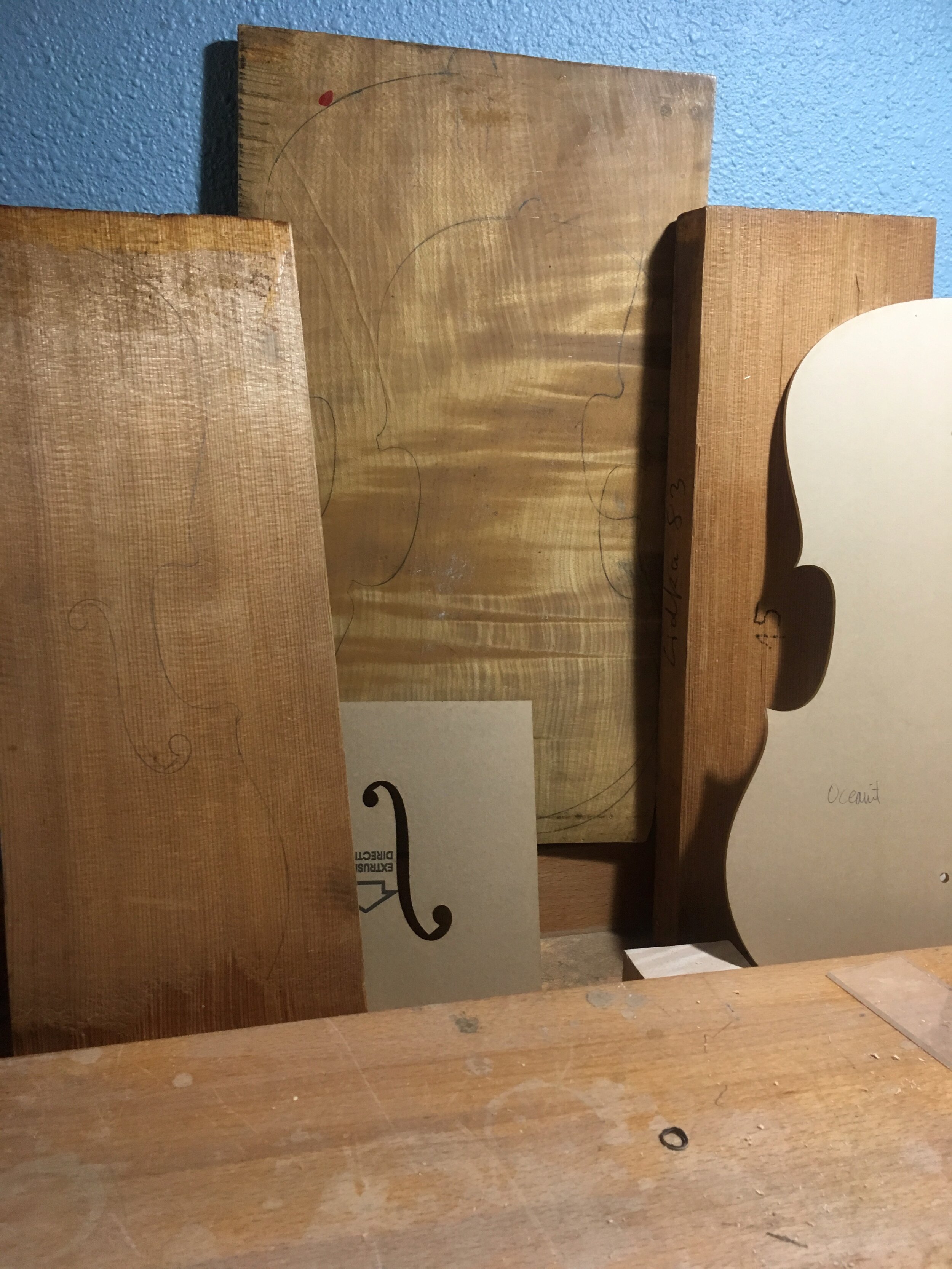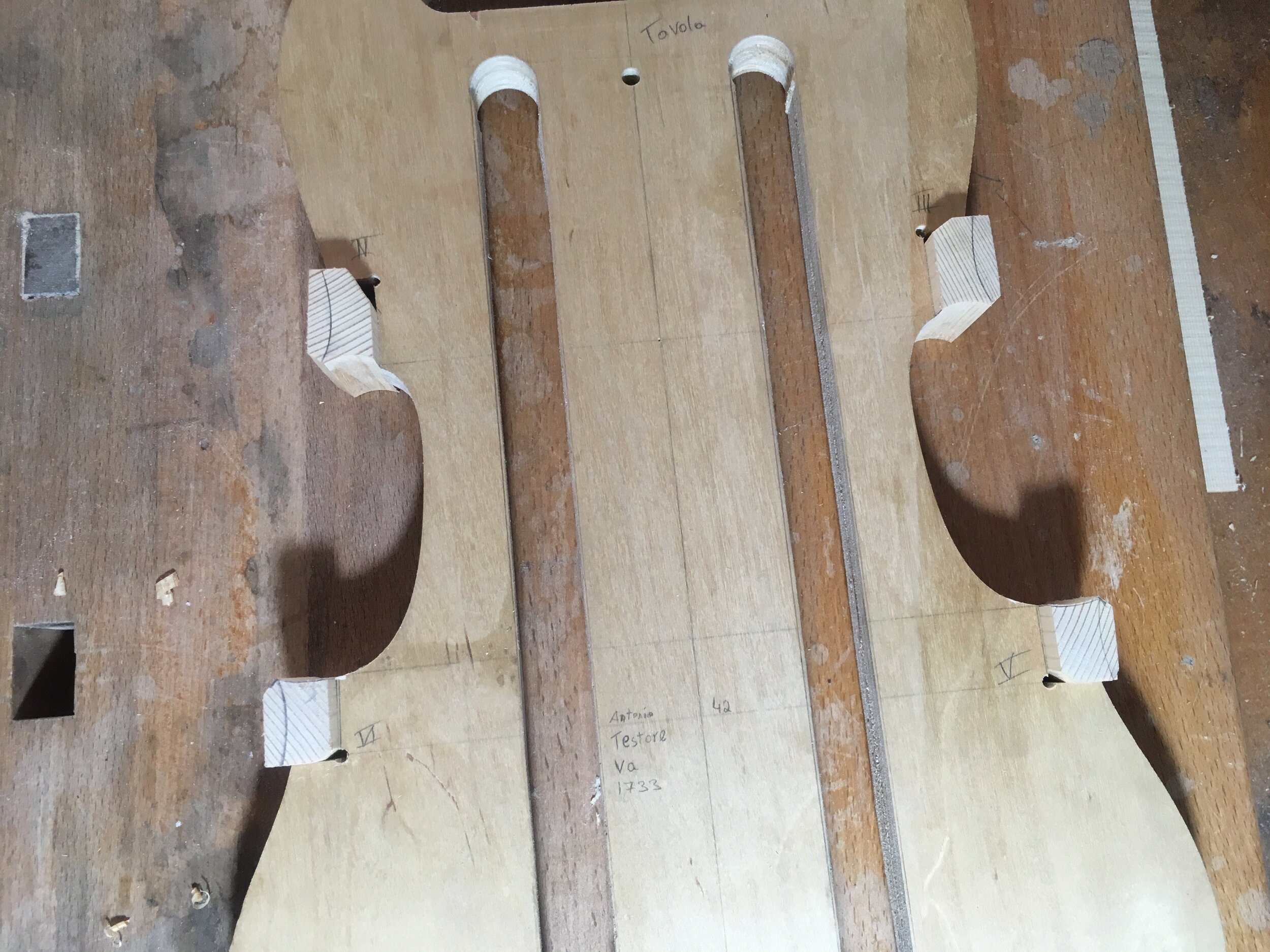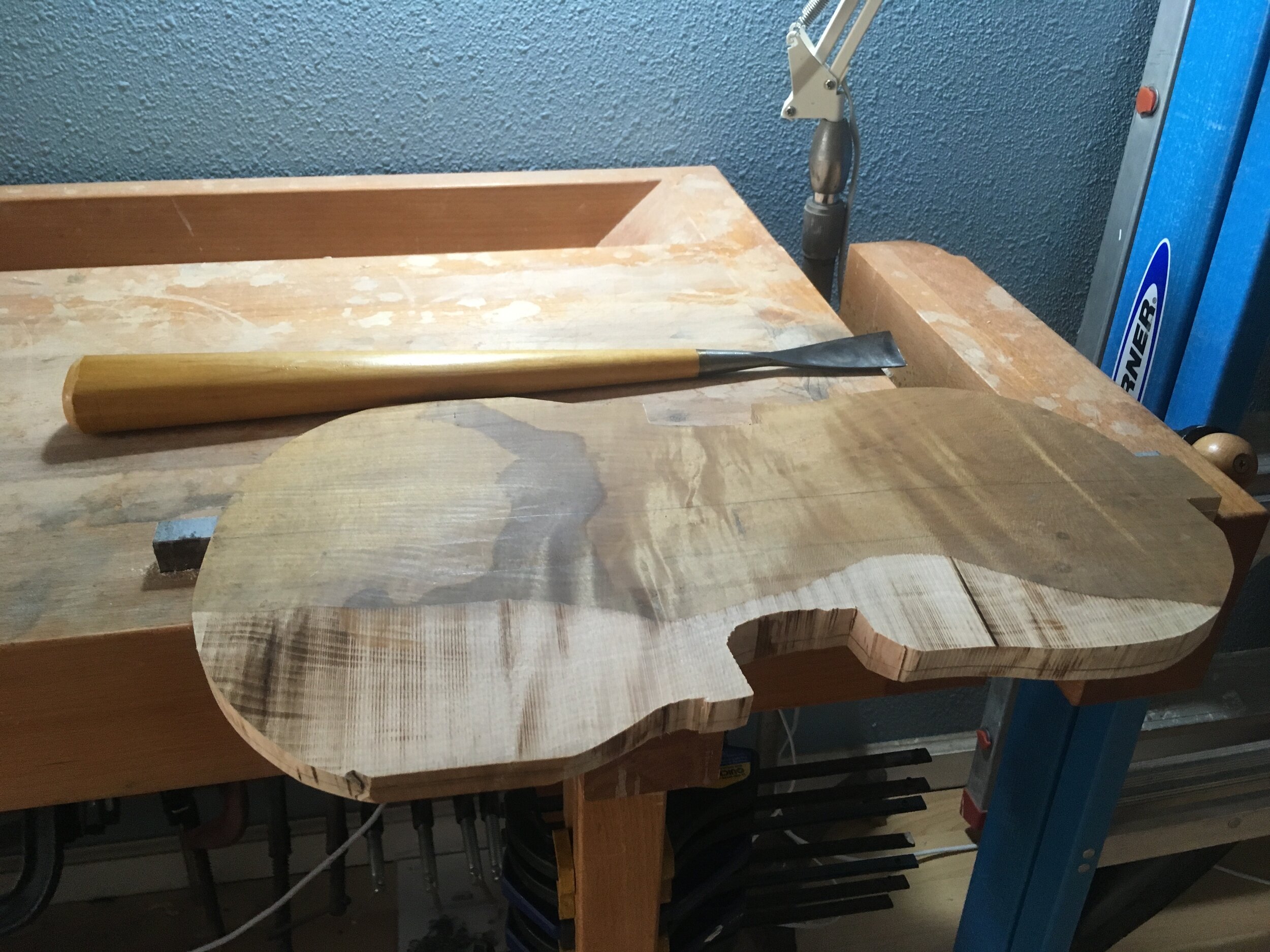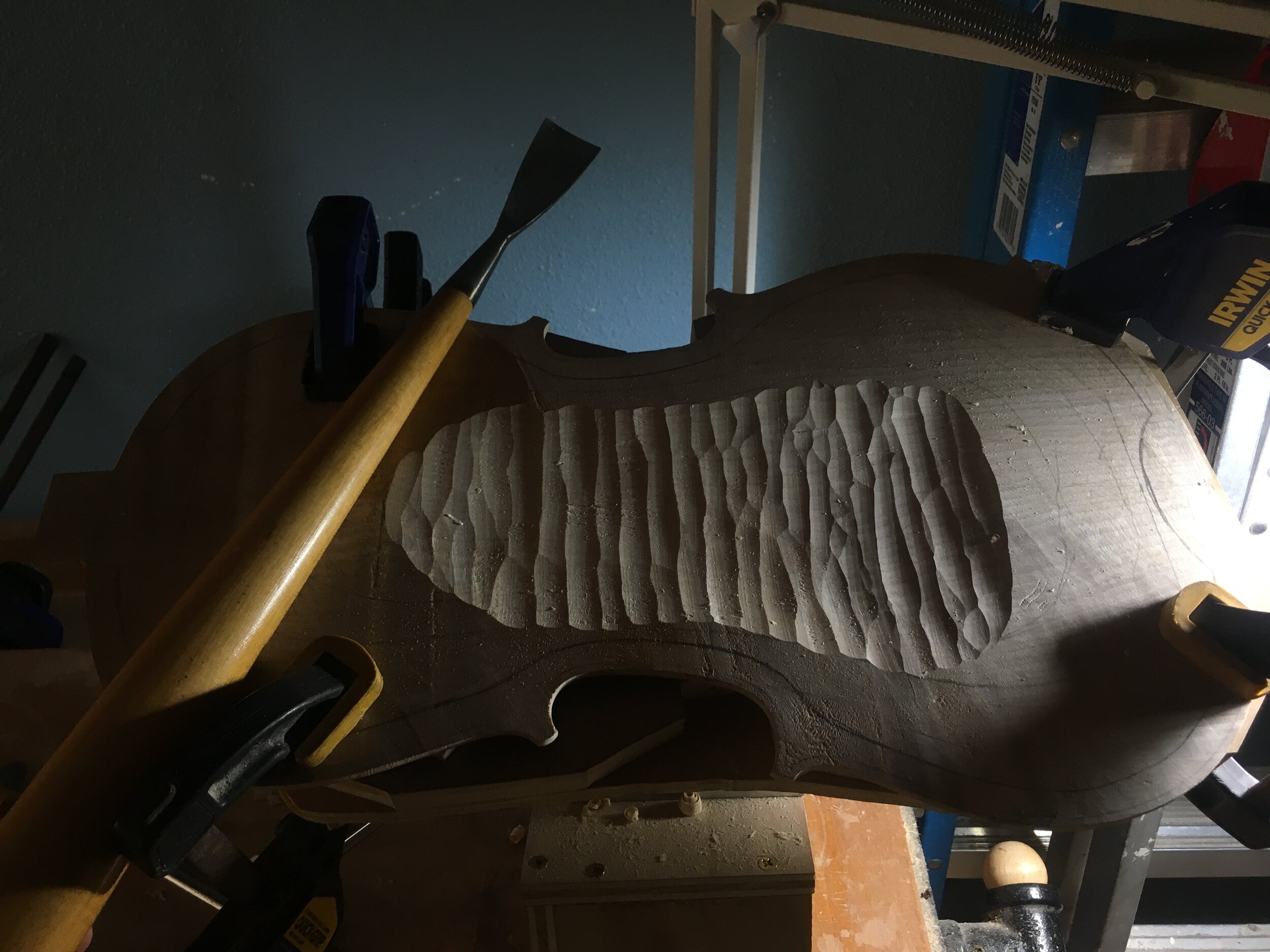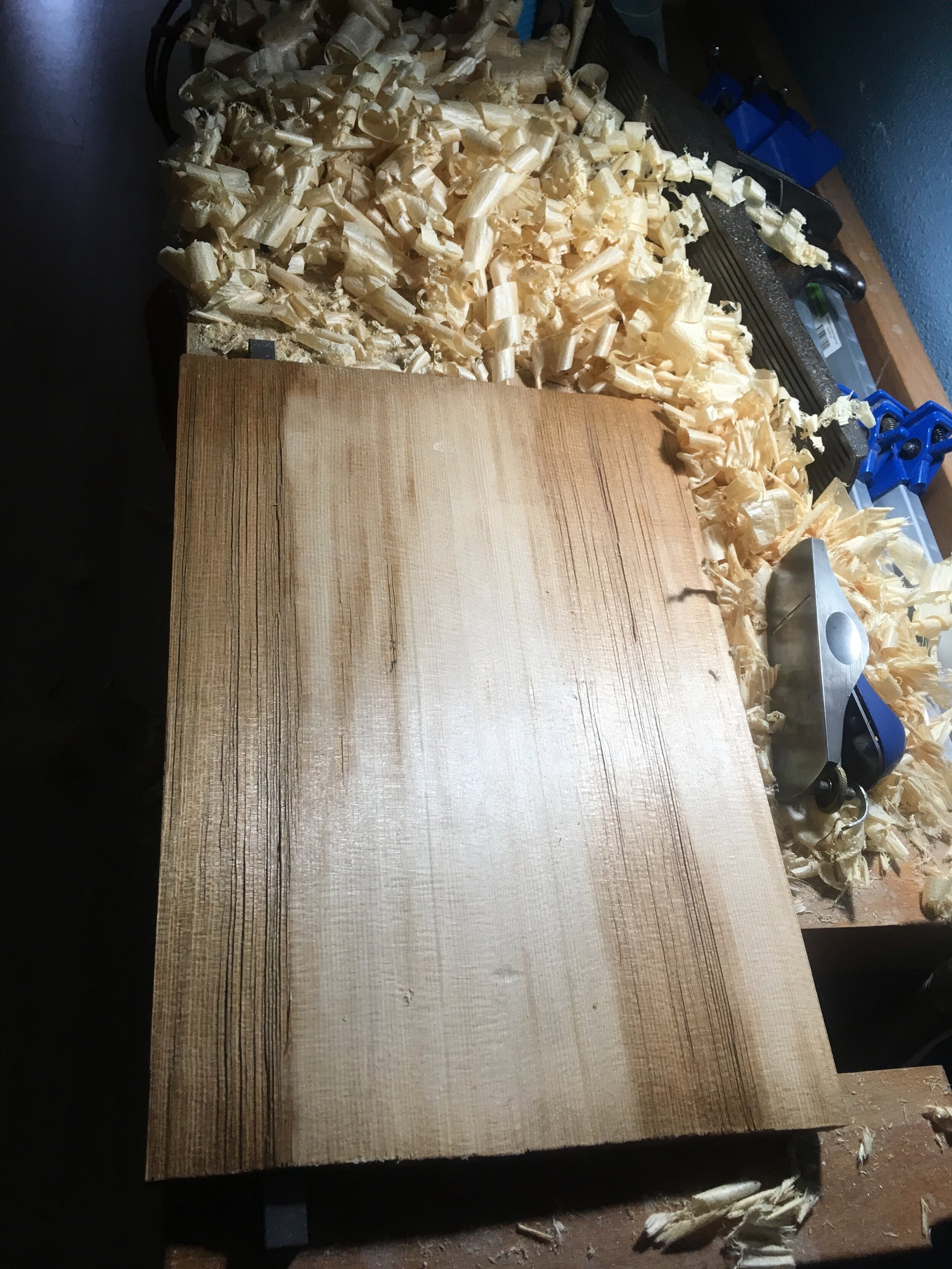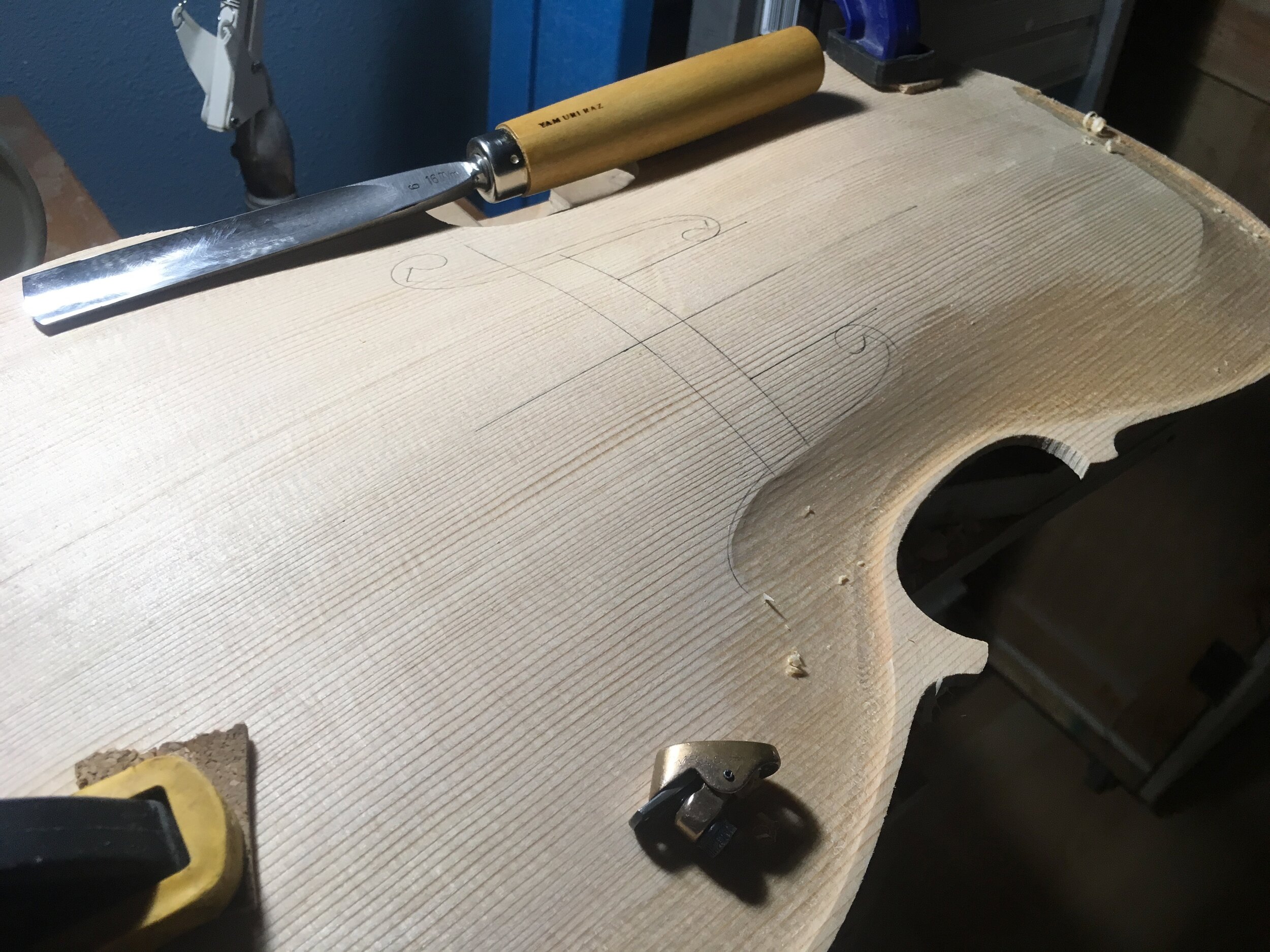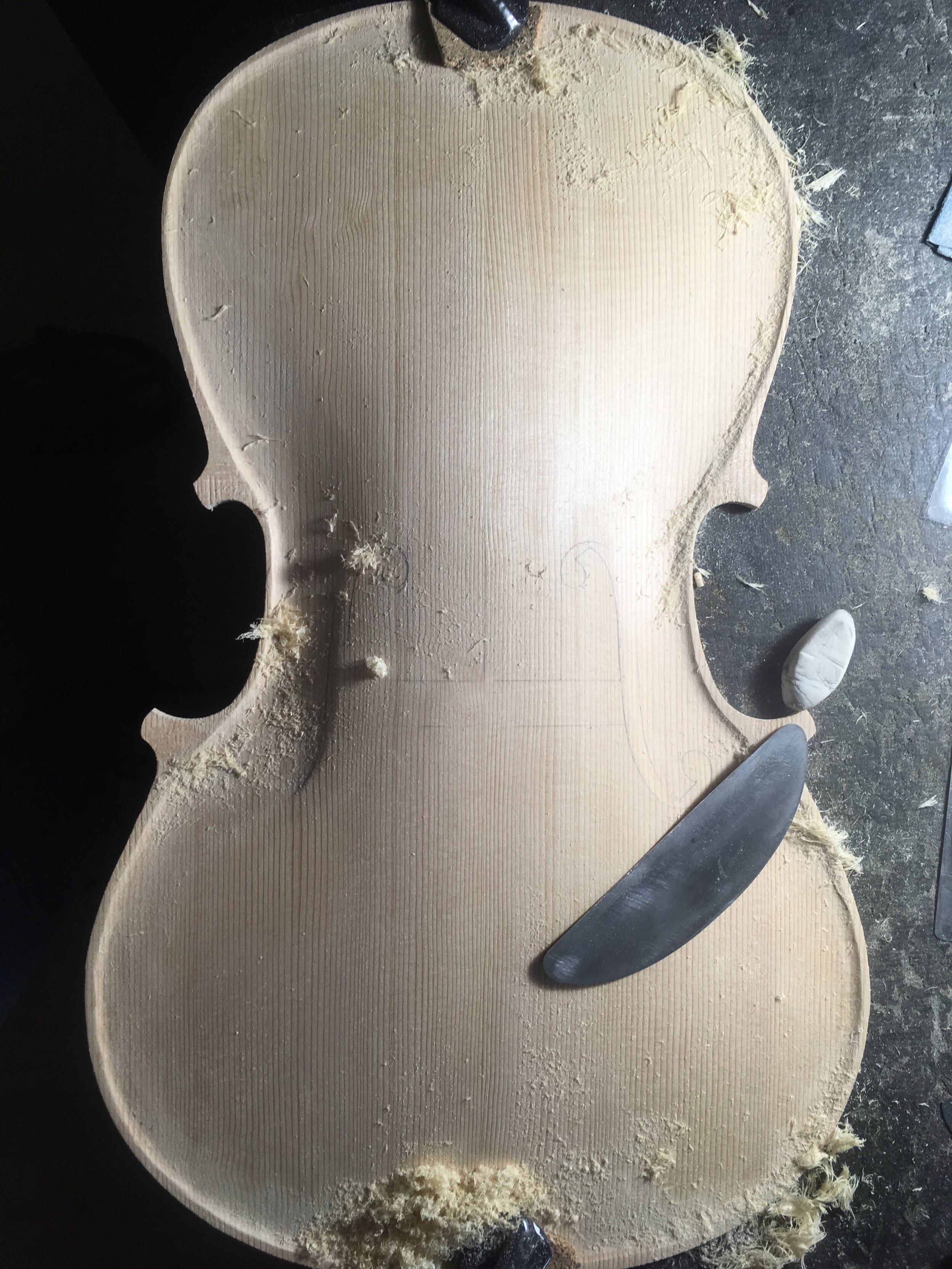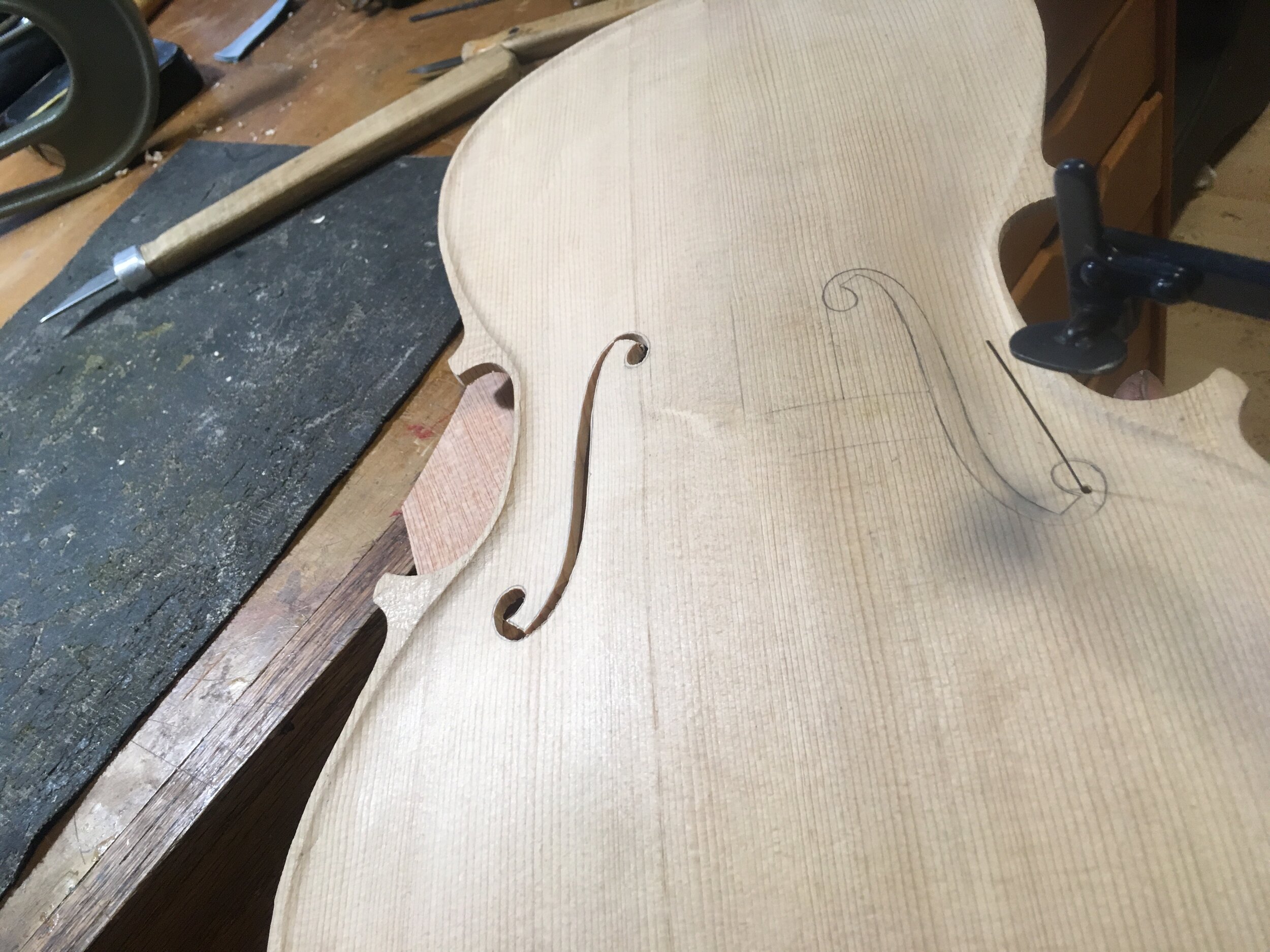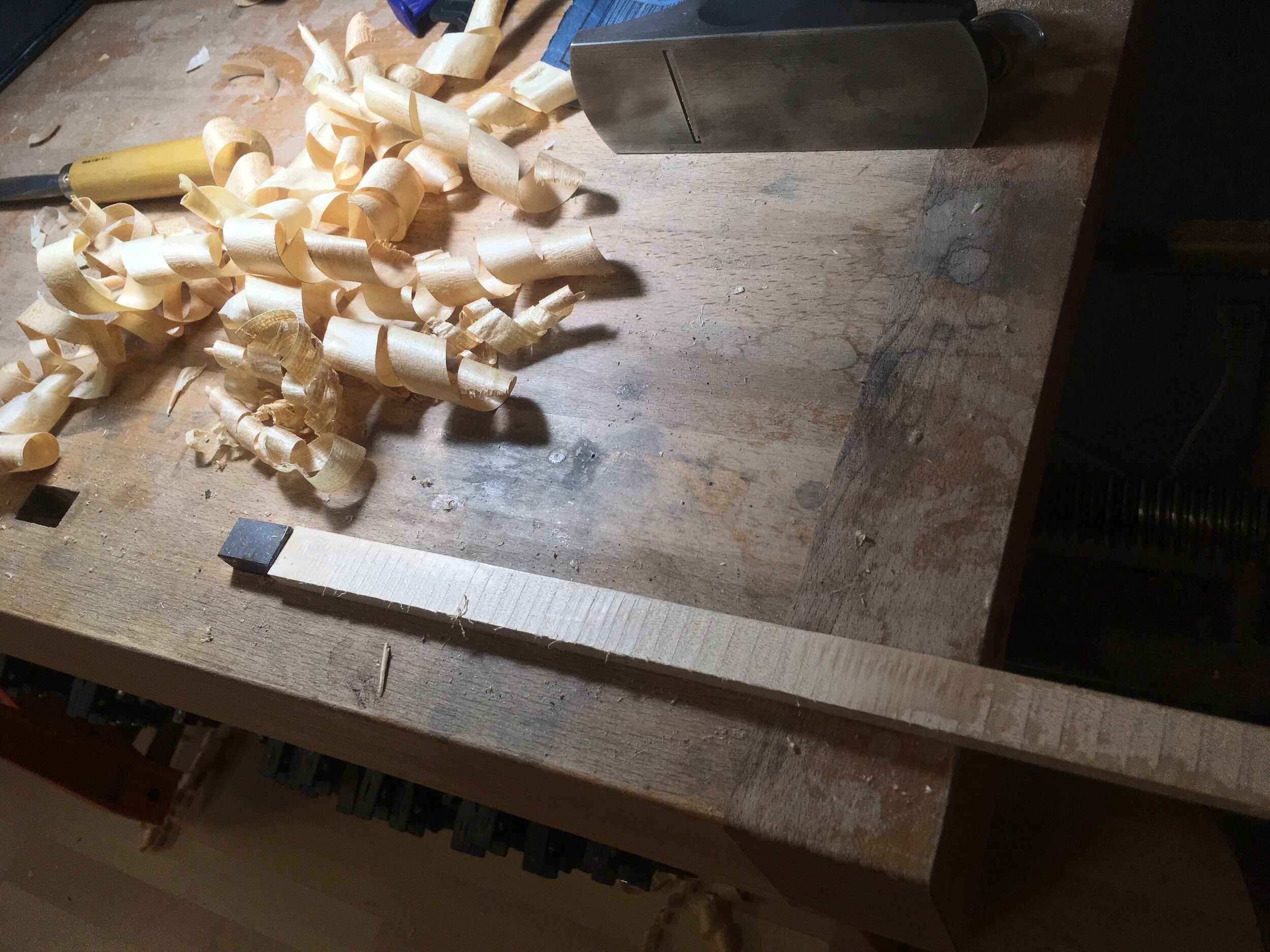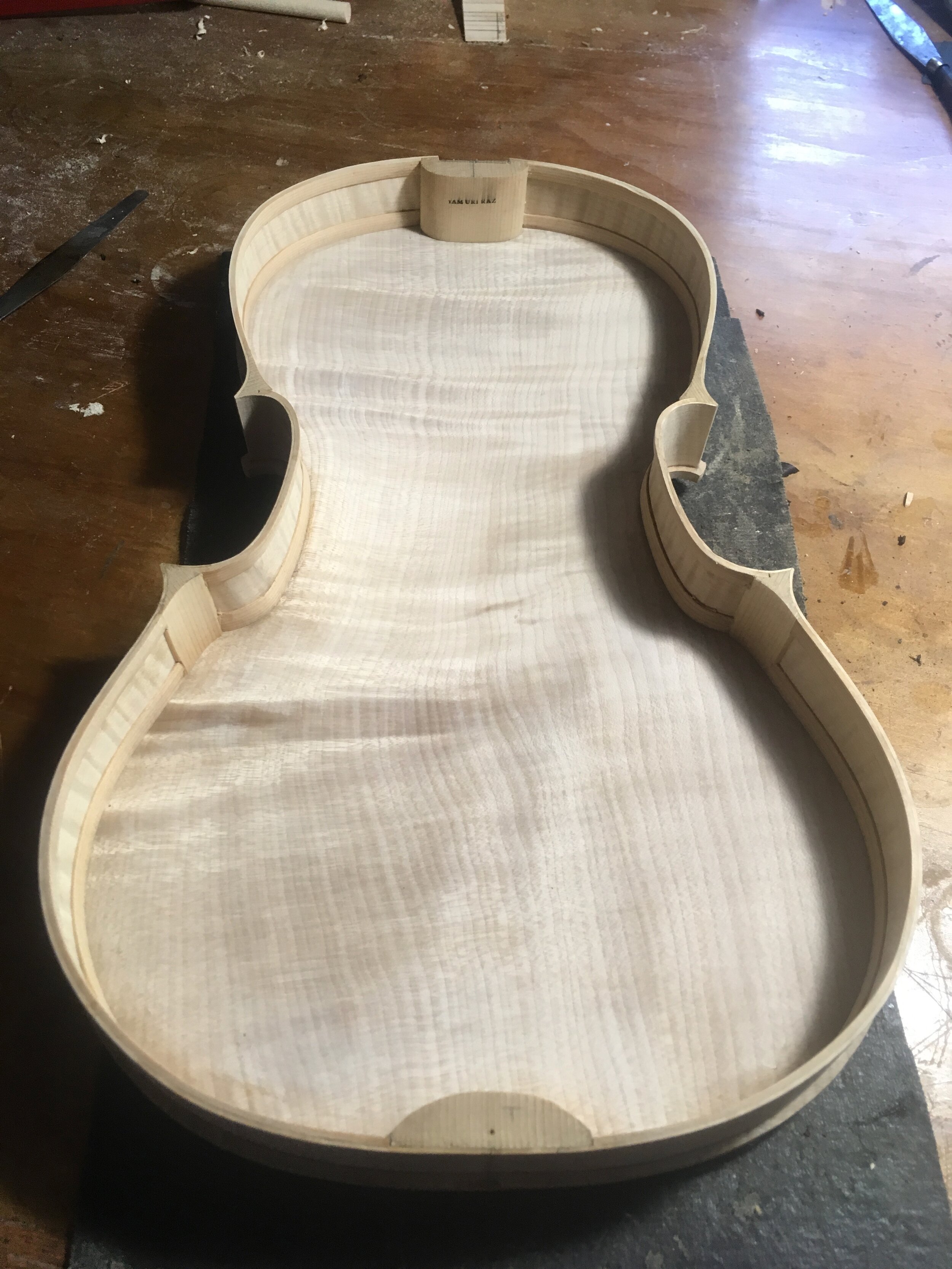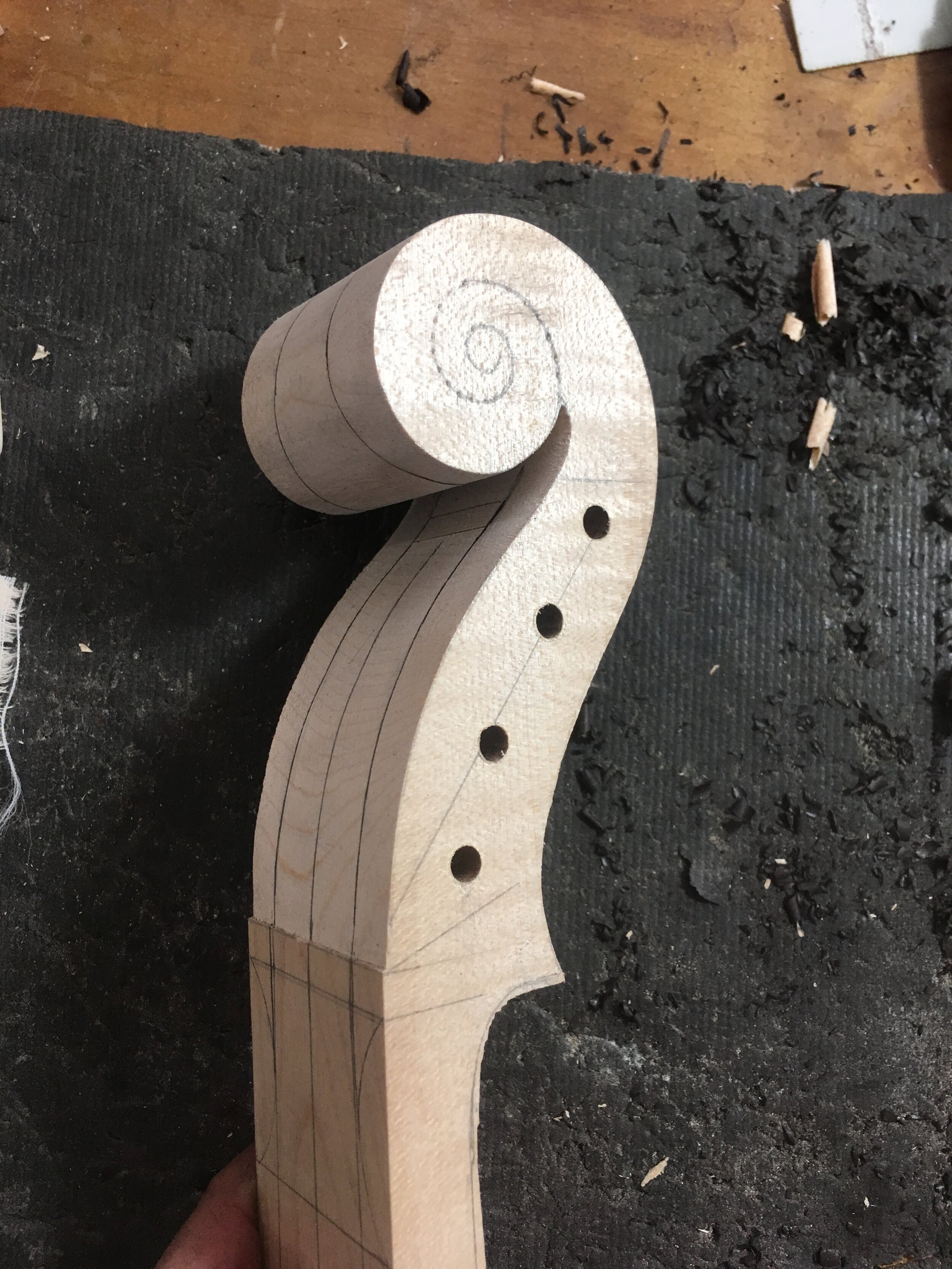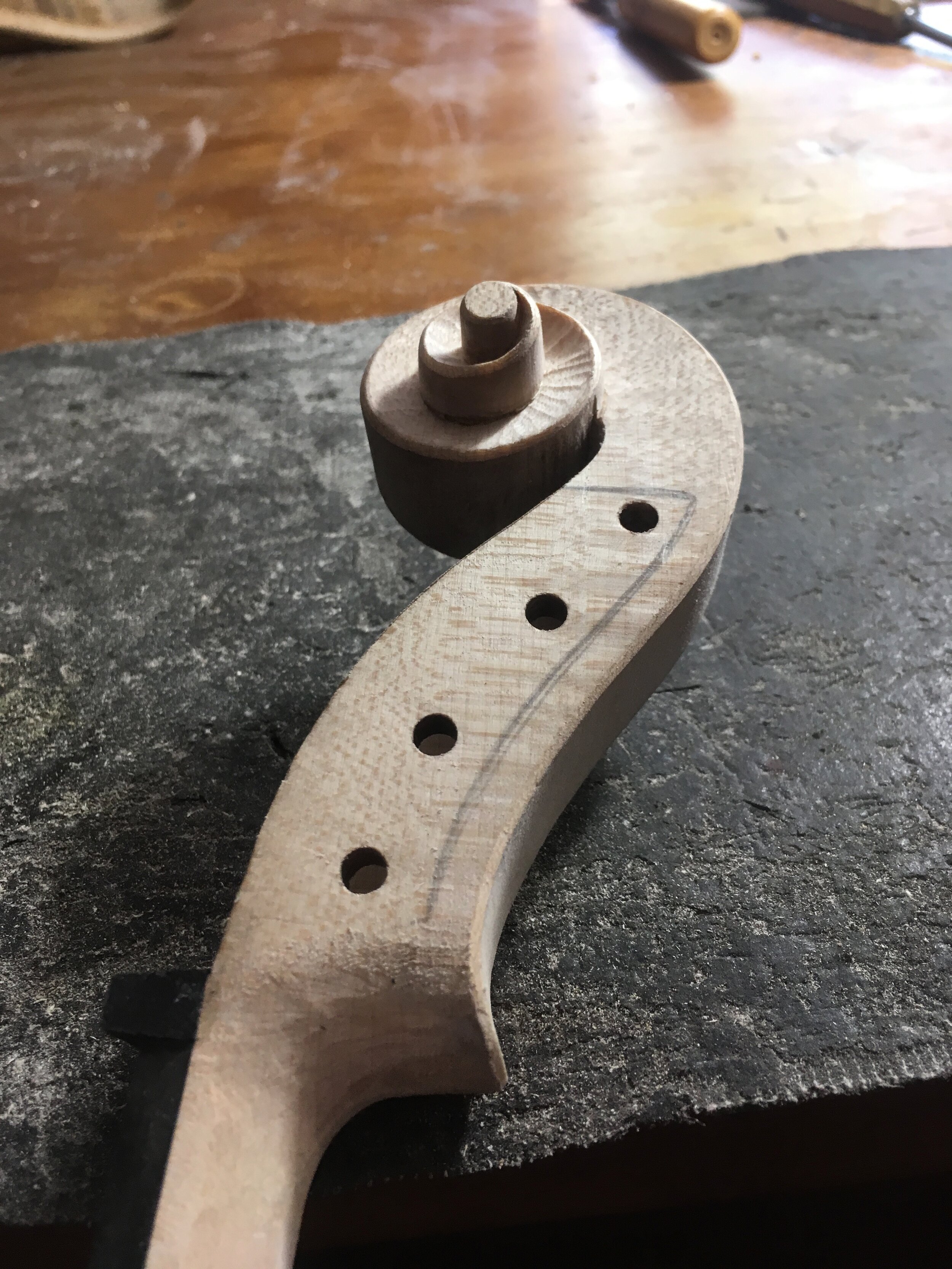Violins
Made on O‘ahu 2019
Model Antonio Stradivari
Classic style, spirit varnish
Available for trial in CA
Made in Cremona 2017
Model Antonio Stradivari
Antique style, oil varnish
Available for trial in HI
Made on O‘ahu 2020
Model Antonio Stradivari
Available for trial in HI
Made on O‘ahu 2020
Model Guarneri Del Gesù
Available for trial at Cremona Violins in Honolulu, HI
Previous sales & testimonials
Made on O‘ahu 2020
Model Antonio Stradivari
Home in CA, USA
Made in Hawaii 2023
Model Antonio Stradivari
Home in CA, USA
Made in Cremona 2016
Model Antonio Stradivari
Home in WA, USA
Made in Cremona 2015
Model Antonio Stradivari
Home in Milan, Italy
Made in Cremona 2015
Model Antonio Stradivari
Home in Milan, Italy
Made in Cremona 2015
Model Antonio Stradivari “Viotti” 1709
Home in Milan, Italy
Made in Cremona 2014
Model Antonio Stradivari “Viotti” 1709
Home in Milan, Italy























